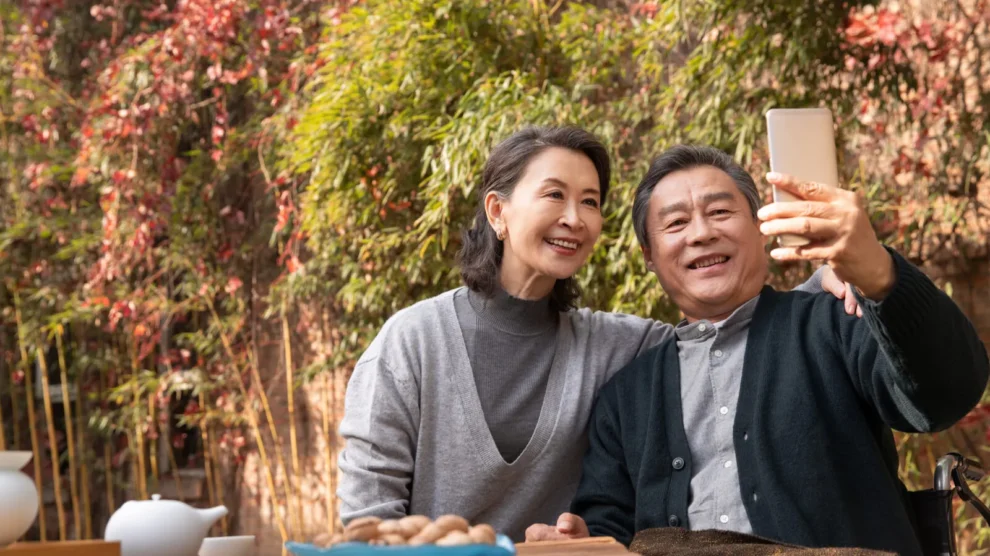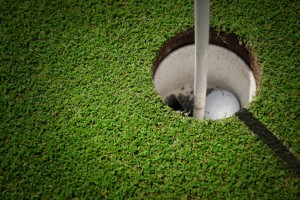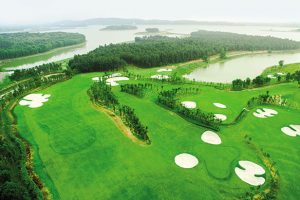The post Silver Travellers on the Move: What Older Tourists Really Need appeared first on TD (Travel Daily Media) Travel Daily Media.
From Undas in the Philippines and La Dia de los Muertos in Mexico, to Loy Krathong in Thailand, to Thanksgiving in the United States, the month of November kick-starts the holiday rush practically everywhere, and silver travellers are joining the throngs making their way homeward or to great escapes.
While most people think that those aged 50 and older would prefer to stay home, they’re surprised to learn that older travellers represent up to 25 percent of the travelling population of most countries, and the percentage is significantly higher in East Asia and Europe.
Indeed, if we go by the report published by Research and Markets in March 2025, the value of the global silver travel market was pegged at US$1.72 trillion as of end-2024.
The same report projects that the market will be worth around US$2.62 trillion by the end of the current decade if it keeps growing at a compound annual growth rate (CAGR) of 7.3 percent.
In which case, it is important to note that silver travellers have specific needs that are usually related to their health and safety.
With that said, let’s go through the amenities and services that travel and hospitality providers need to have to ensure that older travellers are able to make their way through the world in a safe, healthy, and enjoyable manner.
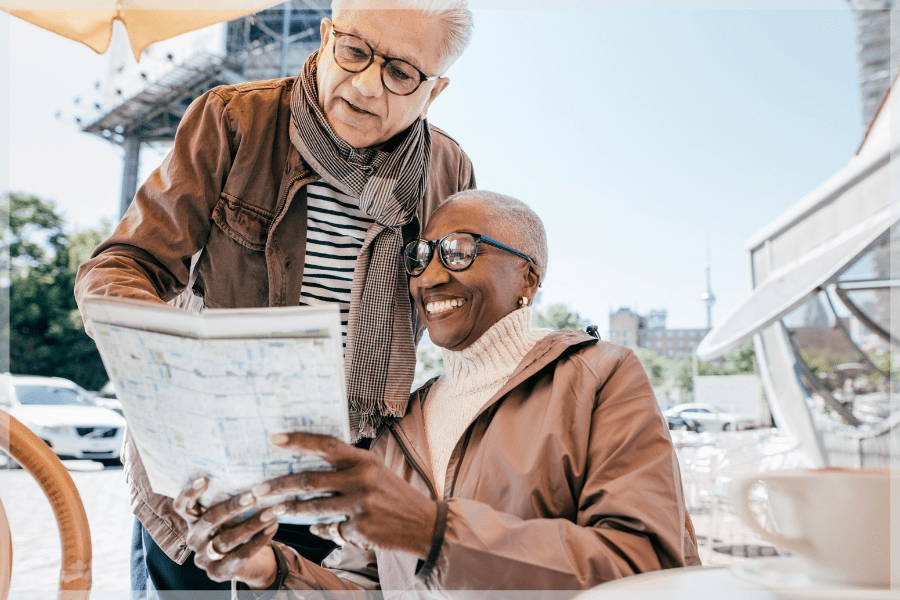
Safety and security begin at home
Ensuring that silver travellers have a good journey begins well before the trip even starts by making the necessary preparations at home.
Let’s take a cue from the travel advisory issued by Australia’s SmartTravel: being prepared spares you from a lot of issues throughout the journey.
For silver travellers, preparations aren’t just about ensuring that one’s travel documents are ready to be presented or that medications have been packed; these also include:
- Securing medical clearances from one’s provider This is important, especially among older individuals who are undergoing specific forms of treatment such as chemotherapy, dialysis, and even long-term physical therapy to prove that they are well enough for the trip;
- Purchasing travel insurance Getting travel insurance is always a good idea, more so in these interesting times. At the same time, it also helps to know if one’s HMO provider has a counterpart or an affiliate overseas that may be contacted should the need arise;
- Ensuring that one has an emergency contact both at home and overseas In one’s passport or any other form of personal identification, an emergency contact needs to be designated, and it helps if one has a friend or relative who happens to be located within the port of call; and
- Calling airlines and accommodation providers well beforehand to ensure that there are accessibility and/or emergency measures in place It helps to know in advance if there are mobility solutions, relevant safety amenities, and trained staff on hand both in flight and on the ground.
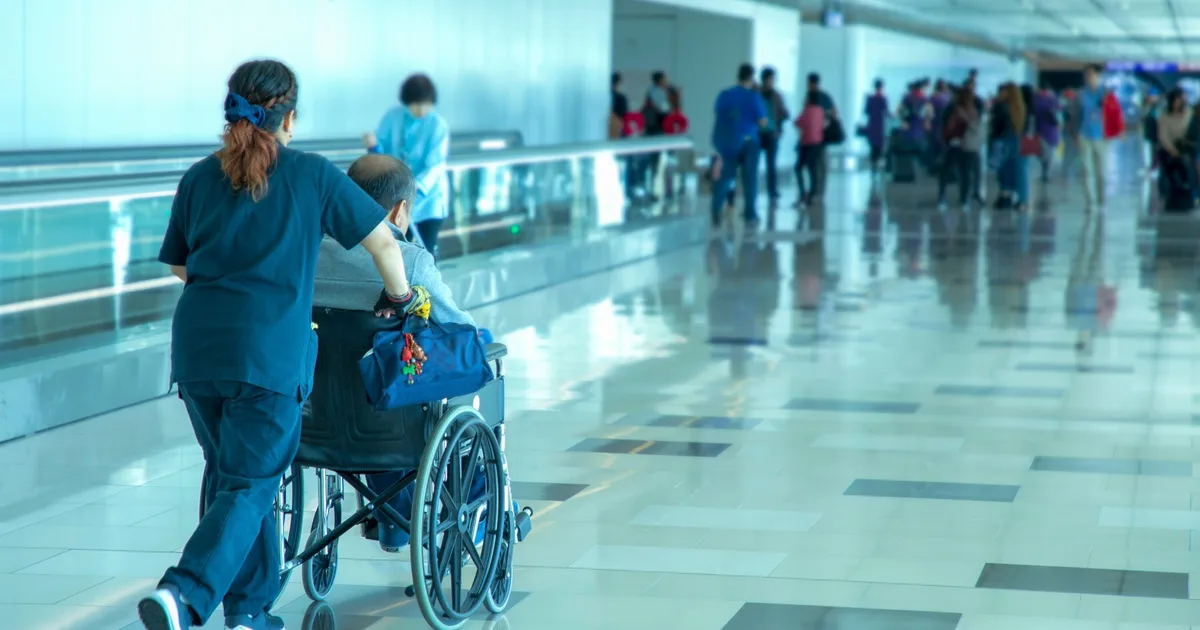
What airports need to provide
Even as soon as silver travellers arrive at the airport, they should be offered assistance with regard to any heavy luggage they are bringing in.
We have noticed over time that many global airlines including low-cost carriers have priority lanes for older travellers, as well as pregnant individuals and the differently-abled.
This courtesy is often extended to immigration and security counters, but one needs to look up if these are available as some countries may not offer such a service.
Another point we need to bring up is that some older travellers are not tech-savvy enough (or would rather not have anything to do with technology) to fill up the growing number of online forms required prior to travel.
In which case, perhaps airport management needs to consider the placement of booths adjacent to immigration where older travellers can be processed for their digital arrival / departure cards and similar documents.
Likewise, priority seating areas need to be provided at boarding gates, though some airports offer courtesy lounge access to older individuals.
Wheelchairs and human assistance need to be standard in many of the world’s airports; however, especially in developing countries, some airports may not have enough of either to meet the needs of older and infirm travellers.
When it comes to boarding, there are few worries as airlines do give priority to older travellers, allowing them to board first regardless of their cabin class.
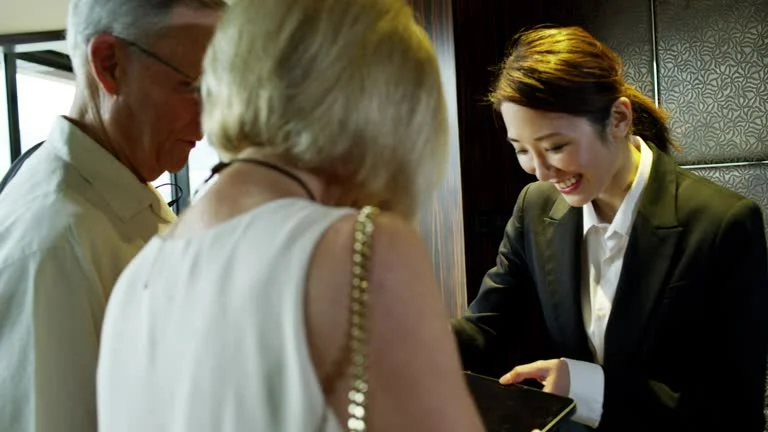
Hospitality for older travellers
For silver travellers, choosing a hotel usually comes down to finding one that is in close proximity to destinations of choice, shopping areas, and dining options.
However, we also recommend that older individuals take a closer look as to whether or not those hotels have amenities and services in place for their comfort.
Among the amenities that hotels need to have in place for senior travellers are the following:
- Soundproofing Insomnia becomes a chronic complaint as we grow older: in the perimenopausal / menopausal stage for those born female, up to 49 percent between the ages of 40 and 55 report trouble sleeping. In general, over 50 percent of those aged 55 and older cannot sleep at night or their sleep becomes too light to be restful. Keeping this in mind, soundproofing is a crucial aspect that hospitality professionals need to consider to ensure that their guests have a quiet and restful night;
- Accessibility measures Guard rails placed in key areas go a long way to prevent falls while good carpeting helps mitigate their impact. At the same time, wider, shallower steps are more comfortable to use than standard staircases, as are ramp-style walkways. Lifts also need to be large enough to accommodate wheelchairs or other modes of personal mobility. Also, rooms specifically for the use of infirm or differently-abled travellers need to be on the lower floors, practically adjacent to lifts, and need to be equipped with accessible switches and guide rails wherever possible. Hotels also need to offer mobility solutions such as runabouts, golf carts, and scooters to help seniors get around;
- On-site clinics as well as medically competent staff Given the range of conditions encountered in advanced age, many silver travellers appreciate access to an on-site clinic that can offer guidance or treatment whenever necessary. It would also help if guests could check with the concierge to see if the hotel has a doctor or nurse on call in house, and if staff are trained in relevant emergency measures. Barring a clinic on the premises, older travellers must also check if their hotel is within close proximity of a good hospital; fortunately, many OTAs take some of the guesswork out of that by mentioning it in hotel listings;
- Spa services and other comfort measures Hotels should never underestimate the value of spa services for older people, especially those who are in need of some serious comfort and those who want to augment the benefits of ongoing therapy with alternative modalities. Good bedding also helps, particularly mattresses with lumbar / spinal support, as does aromatherapy. Seniors opting to stay active also benefit from access to the hotel gym as well as walkable areas or running and bike paths around the property; and
- Relevant dietary options While gastronomic pleasures are a common pursuit among travellers, there are health aspects that need to be considered among the older generation. For this reason, hotel F&B teams need to have a dietitian-nutritionist on staff to vet dishes that are appropriate for a variety of diets: not just those with religious restrictions, but also for diabetics, those who need low-purine and low-sodium meals, as well as travellers with chronic digestive issues. Far from offering hospital-grade food, hotels and restaurants need to ensure that dishes are healthy but also enjoyable and have a touch of local flavour that older travellers can appreciate.
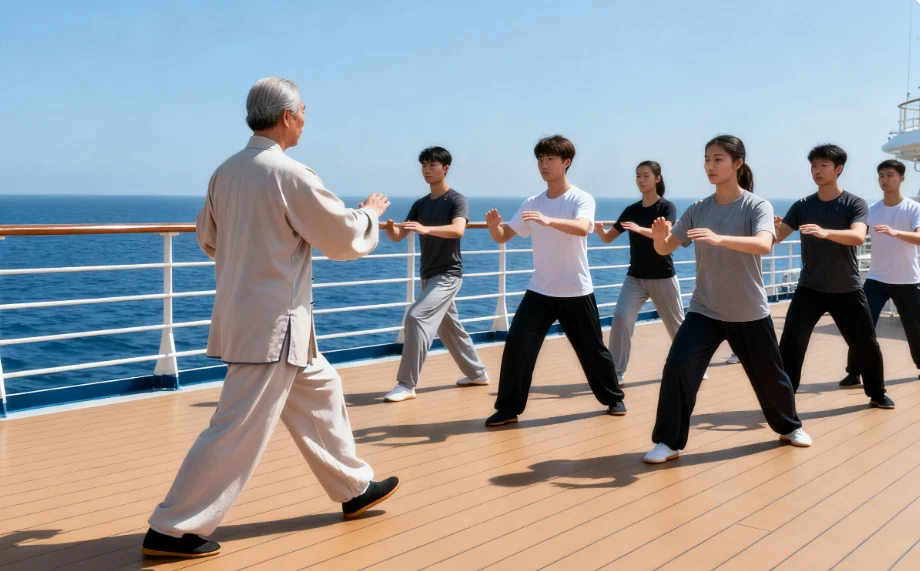
Silver on the water
No discussion of the needs of silver travellers would be complete without mentioning one form of travel that has long been associated with them: cruises.
For the most part, the measures necessary for giving silver travellers a comfortable and meaningful voyage are the same as those for airports, airlines, and hotels on shore.
But engagement, especially on long voyages, is crucial: older individuals should be kept engaged and active on board as well as on shore.
For this reason, many cruise lines offer a variety of activities ranging from theatrical performances and game nights on the water, to exercise sessions and exciting parties where they can socialise with passengers of all ages.
Wellness also matters, so spa services and massages offered on board help make voyages more comfortable for older travellers.
Some cruise lines even incorporate alternative modalities for health and wellness in their offerings to ensure a sound mind in a sound body for their guests, and the upcoming Traditional Chinese Medicine-driven initiative carried out by StarCruises aboard its Vietnam and Philippine sailings from Hong Kong is one such example that will enable travellers to experience Asian healing traditions while on board.
All things considered, age doesn’t mean a thing to the intrepid traveller, but it does help to have all the necessary measures in place to ensure that their journey is safe, secure, and, most importantly, enjoyable.
The post Silver Travellers on the Move: What Older Tourists Really Need appeared first on Travel Daily Media.


